Organisers make changes to Danilith Nokere Koerse route in 2022
Shape of the women's and men's races will change between Deinze and Nokereberg
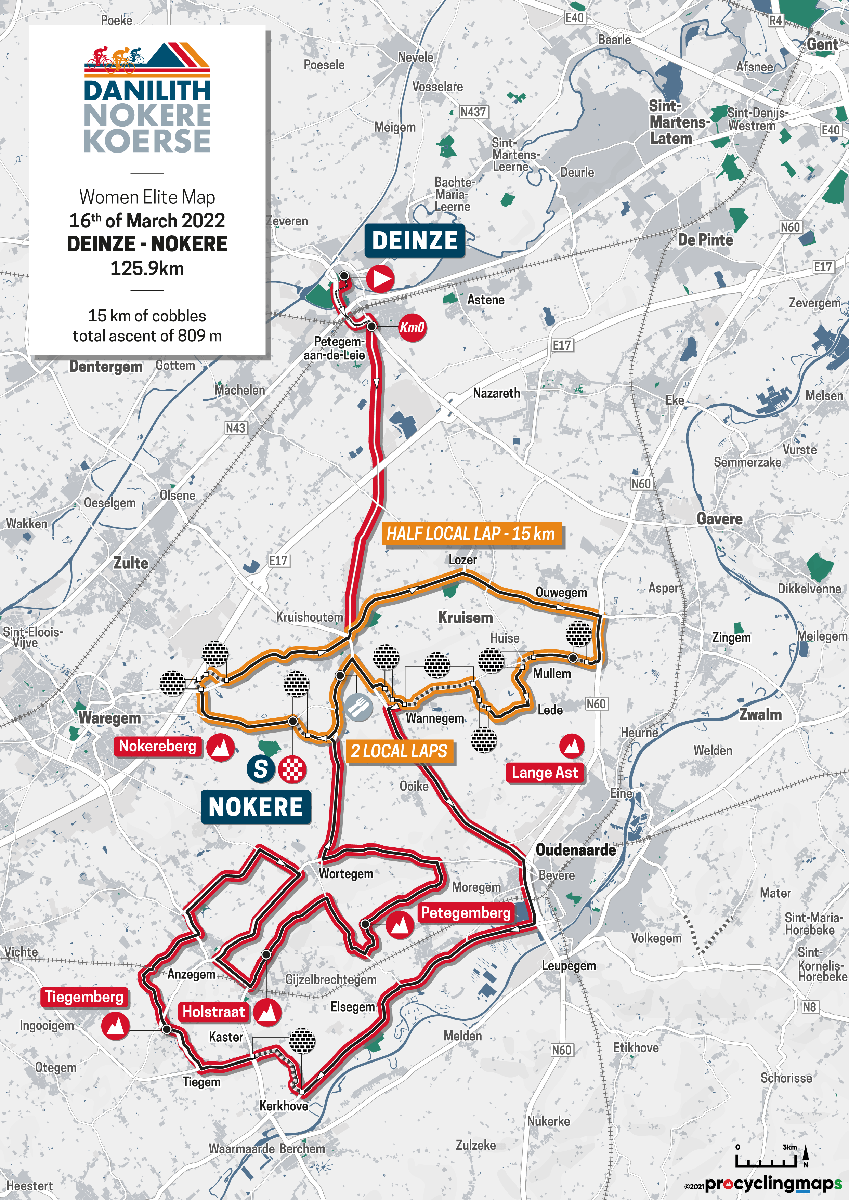
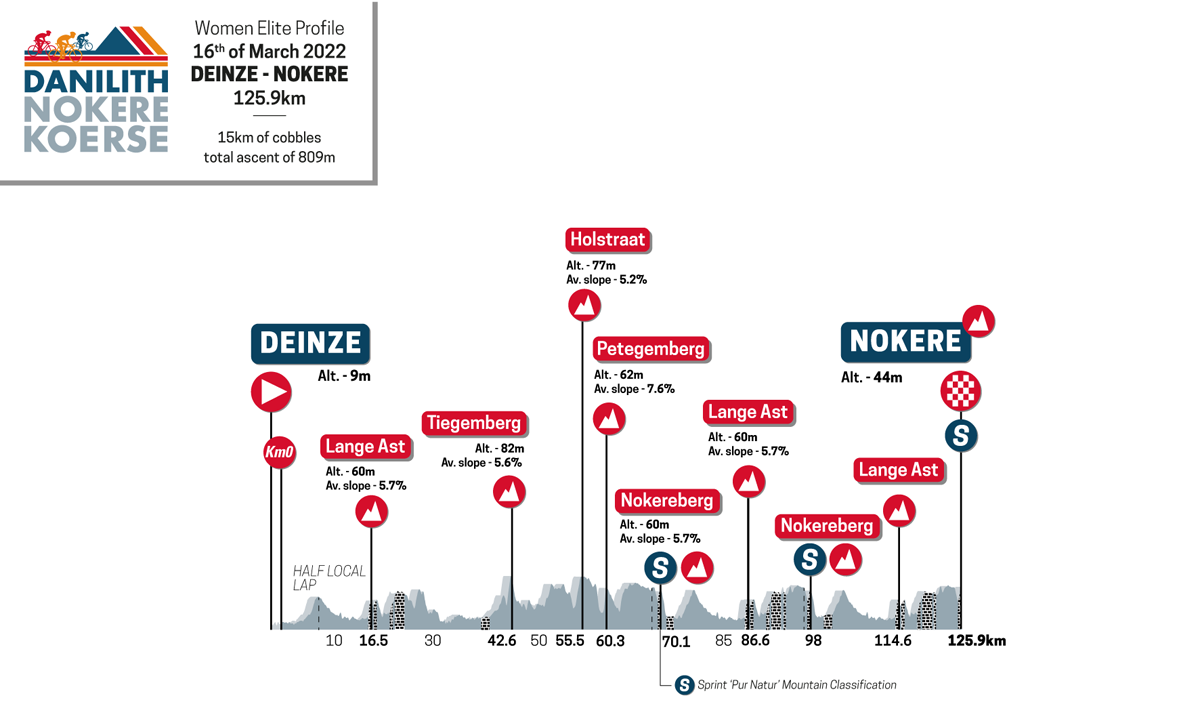
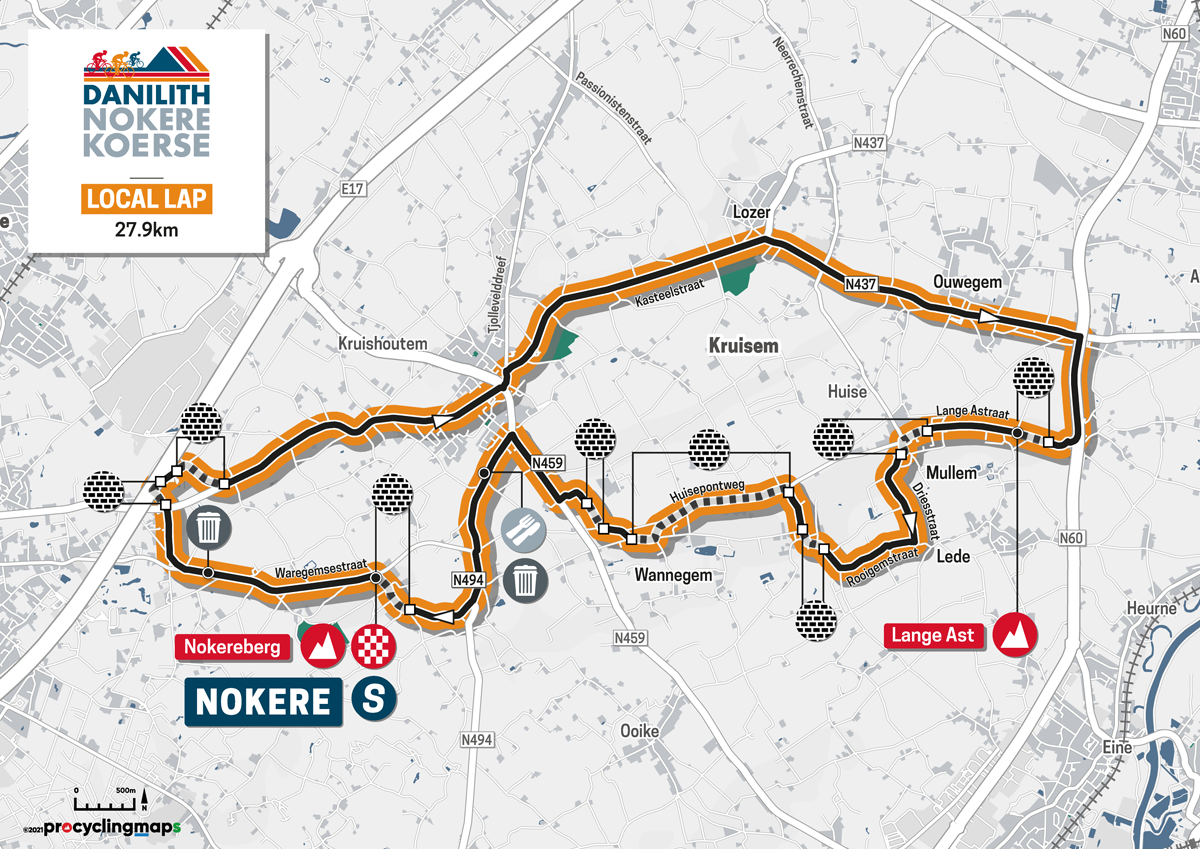
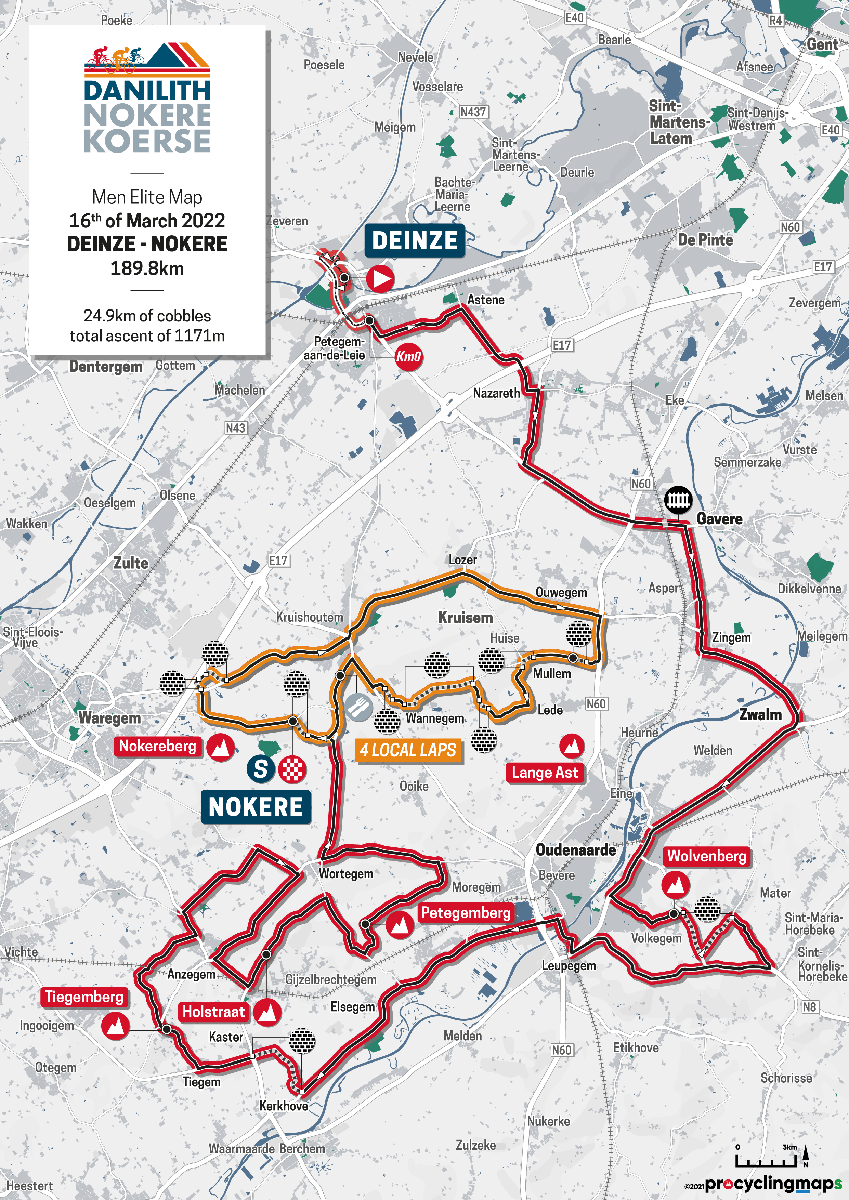
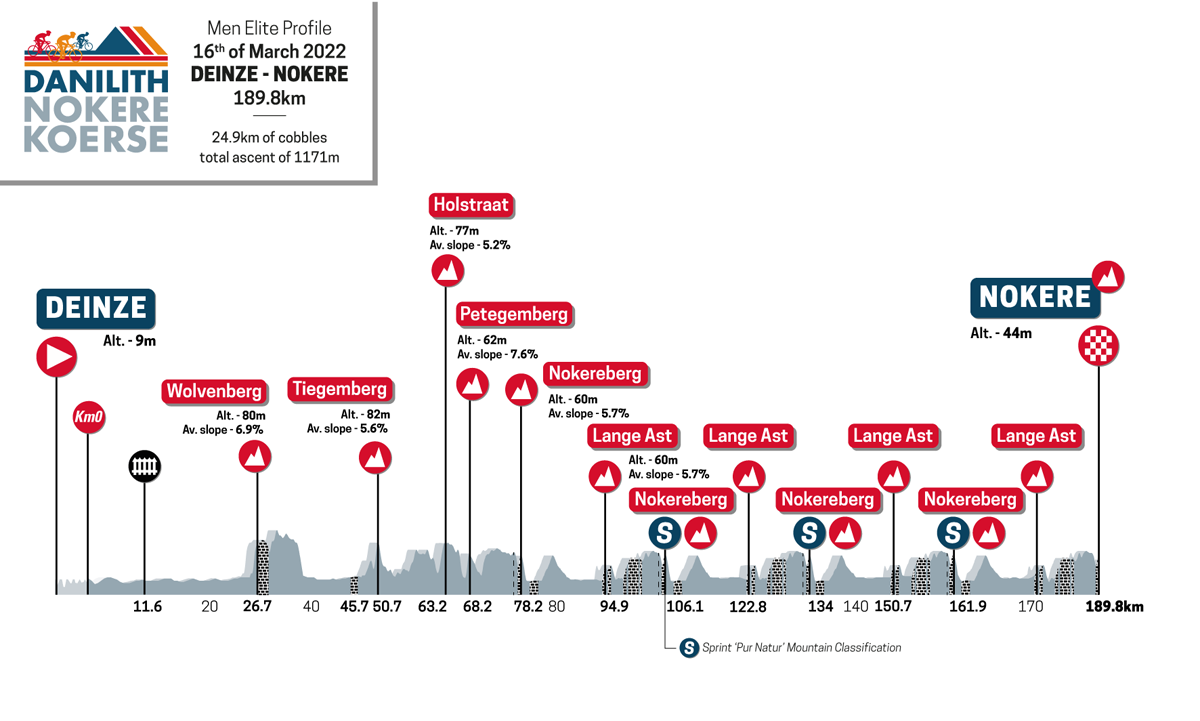
The Nokereberg is one of those steep, cobbled climbs in Belgium that rises from one side of a rural village to the other, delineating the contours of the classics season. Even as the organisers of the Danilith Nokere Koerse alter the route for this year’s edition, it will remain the focal point of the race, climbed three times by the women and five times by the men.
In both races, the finish line will be at the top of the Nokereberg, as in previous editions. The beginning of the route will remain the same, too, with both the men’s and women’s pelotons setting out from the small town of Deinze.
In between, however, the shape of the race will change this year. For the men, new obstacles will lie on the roads to the Nokereberg.
"We're bringing a number of new hills in the course; such as the well-known Wolvenberg, but also the still unknown Petegemberg,” said the men’s race director Rony De Sloovere. “Together with the cobblestones of the Varent, Herlegemstraat, Lange Ast, Huisepontweg and Nokereberg, the course will be quite selective.”
Overall, the riders will climb 1,171 metres spread over 13 hills, nine of which are cobblestoned.
“Those cobblestones colour our race: no less than 25 kilometres of Danilith Nokere Koerse consists of cobblestones. They are largely on the local circuit through the Kruisem boroughs. We are limiting the distance of the race to 189 kilometres. We want to make it an attractive race.”
For the women’s peloton, the route will also change, though less dramatically than for their male counterparts.
The latest race content, interviews, features, reviews and expert buying guides, direct to your inbox!
“The women's race is largely on the same roads, although with fewer local laps,” Gil Steyvers, the women’s race director explained. “In total, the women will cycle 126 kilometres, with a good portion of 15 kilometres of cobblestones. The women will have nine hills and will have to climb a total of 809 metres.”
These climbs are spread out evenly across the course, making for a jagged profile that lends itself to attacking.
“It is a challenging course, but also a safe one,” Steyvers said. “We avoid dangerous roads and provide adequate signalling and security where necessary. Each team also receives a fully detailed safety manual in which every square meter of the course is mapped out. Teams and riders can thus assess any risks beforehand. Safety is essential to us.”
Both races will take place on March 16, in the midst of the Spring Classics, arriving a week before the Trofeo Alfredo Binda in the women’s calendar and three days before the men’s Milan-San Remo.
Issy Ronald has just graduated from the London School of Economics where she studied for an undergraduate and masters degree in History and International Relations. Since doing an internship at Procycling magazine, she has written reports for races like the Tour of Britain, Bretagne Classic and World Championships, as well as news items, recaps of the general classification at the Grand Tours and some features for Cyclingnews. Away from cycling, she enjoys reading, attempting to bake, going to the theatre and watching a probably unhealthy amount of live sport.
